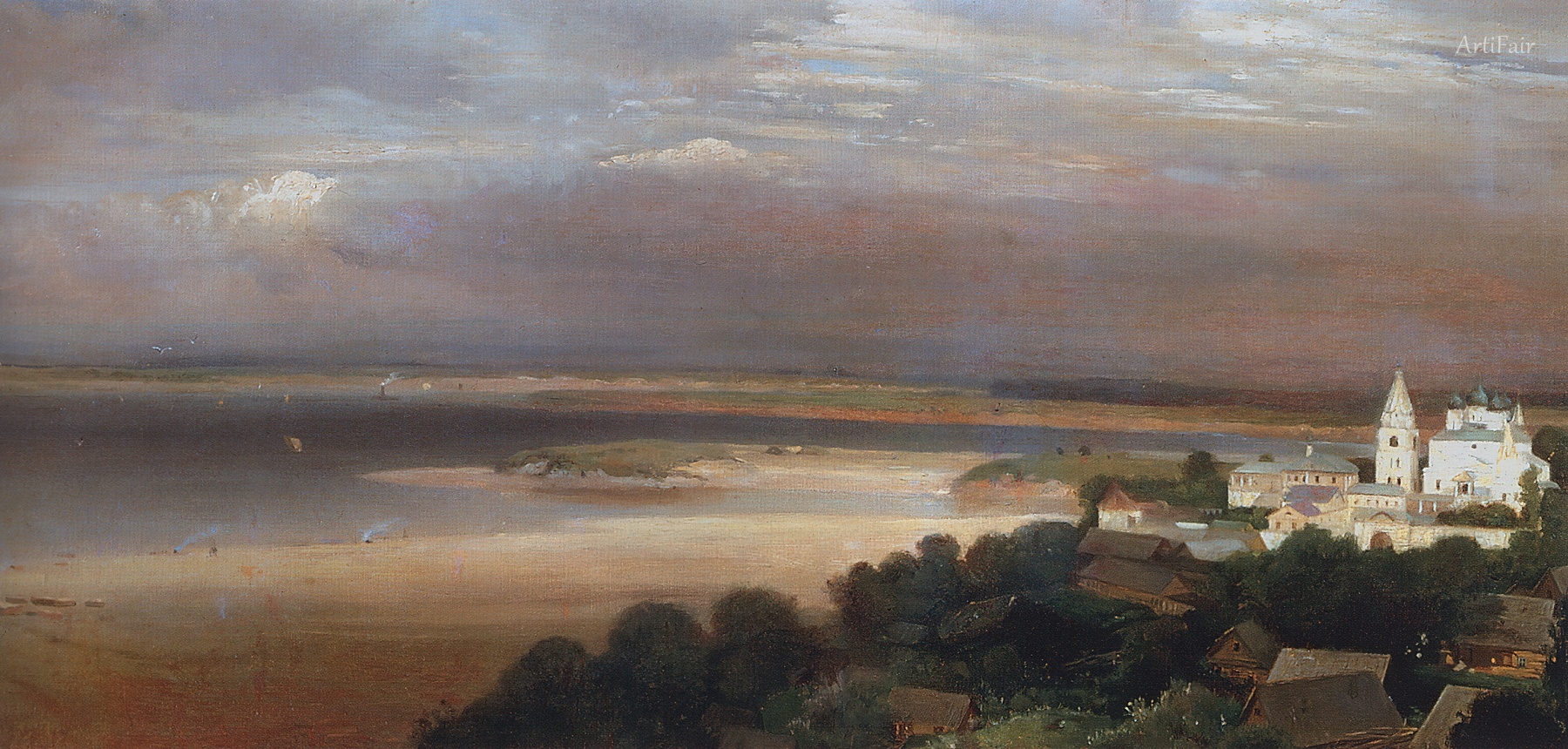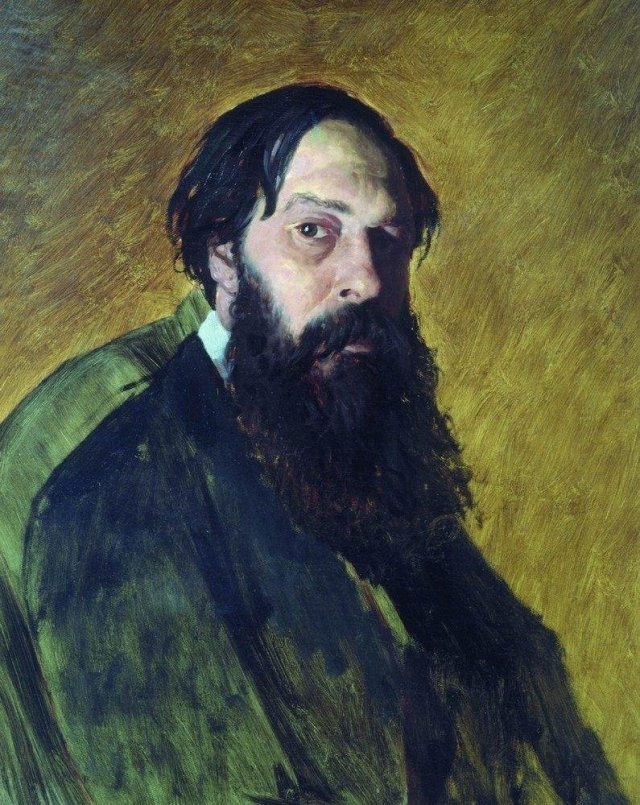

阿列克谢·孔德拉季耶维奇·萨夫拉索夫
RU
107
艺术作品
1830 - 1897
生平
艺术家传记
阿列克谢·孔德拉季耶维奇·萨夫拉索夫是俄罗斯艺术史上的关键人物,1830年5月24日出生于莫斯科一个商人家庭。他天生的绘画才能早早显现,在父亲最初反对之后,他于1844年左右考入莫斯科绘画、雕塑和建筑学院。在著名风景画家卡尔·拉布斯教授的指导下,萨夫拉索夫磨练了自己的技艺,并于1850年毕业。他立即投身于风景画创作,并彻底改变了这一画种。他的早期作品已显露出非凡潜力,预示了他后来与大自然建立的深刻联系,这也成为他全部作品的标志。这一时期为他日后探索俄罗斯风景的微妙之处奠定了基础,超越了单纯的描绘,捕捉到了风景的灵魂。
萨夫拉索夫的艺术之旅充满了重要的发展和影响深远的际遇。1852年的乌克兰之行开阔了他的视野。1854年,应帝国艺术学院院长玛丽亚·尼古拉耶夫娜女大公的邀请,他前往圣彼得堡,凭借画作《奥拉宁鲍姆附近的景色》获得了院士称号。回到莫斯科后,他于1857年在母校莫斯科绘画、雕塑和建筑学院成为一名备受尊敬的教师。19世纪60年代的欧洲之行,包括参观伦敦国际博览会,对他产生了变革性的影响。英国画家约翰·康斯特布尔和瑞士艺术家亚历山大·卡拉姆的风景画法尤其令他印象深刻,这进一步强化了他自己正在萌芽的风格。这些经历帮助他明确了自己对一种独特的俄罗斯风景画形式的构想,这种形式强调情感共鸣——即“抒情风景画”或“情绪风景画”,他被认为是这种画派的创始人。
萨夫拉索夫职业生涯的顶峰出现在1871年,作品是《白嘴鸦飞回来了》。这幅标志性的画作描绘了科斯特罗马伊帕季耶夫修道院附近早春时节白嘴鸦归巢的简单而又极具感染力的景象,成为俄罗斯艺术史上的一个里程碑。它完美地体现了他的抒情风景画风格,以深刻的情感深度展现了自然从冬季到春季的微妙过渡。这幅画为他赢得了广泛声誉,并标志着风景画的新方向,摆脱了学院派浪漫主义。1870年,萨夫拉索夫成为“巡回展览画派”(Peredvizhniki)的创始成员之一,这是一个现实主义艺术家团体,他们致力于使艺术更贴近俄罗斯人民并与之相关。这一时期的其他著名作品包括《索科尔尼基的麋鹿岛》(1869年)和《乡村路》(1873年),均反映了他对平凡而富有诗意的俄罗斯乡村的深厚热爱。
尽管取得了艺术上的辉煌成就,萨夫拉索夫的晚年却充满了个人悲剧和衰落。1871年女儿的去世常被认为是他人生的转折点,导致了他的艺术危机并逐渐沉溺于酒精。他与艺术史学家卡尔·赫兹的妹妹索菲亚·卡洛夫娜·赫兹的婚姻最终破裂。到了1882年,他的困境导致他被莫斯科绘画、雕塑和建筑学院解除了教职。这位曾经站在俄罗斯风景画前沿的艺术家,在贫困和默默无闻中度过了他的最后几年,常常辗转于各个避难所。他的创作产量减少,健康状况恶化。1897年10月8日,阿列克谢·萨夫拉索夫在莫斯科去世,葬礼上只有少数悼念者,包括他的赞助人帕维尔·特列季亚科夫。
尽管如此,阿列克谢·萨夫拉索夫作为俄罗斯抒情风景画创始人的遗产是不可磨灭的。他教导他的学生,包括后来的杰出人物如伊萨克·列维坦和康斯坦丁·科罗温,去感知自然的“灵魂”并表达其诗意特质。列维坦本人称萨夫拉索夫为“俄罗斯风景画的创造者”,强调他的老师能够揭示“风景画的抒情特质”以及他对“祖国的无限热爱”。萨夫拉索夫深刻的创新在于他能够在俄罗斯土地上最平凡、最朴素的角落里发现并传达深刻的精神之美,将简单的场景转化为强有力的情感表达。他的作品将俄罗斯风景画的焦点转向更亲密、更情感化和更具民族特色的表现形式,影响了几代艺术家。